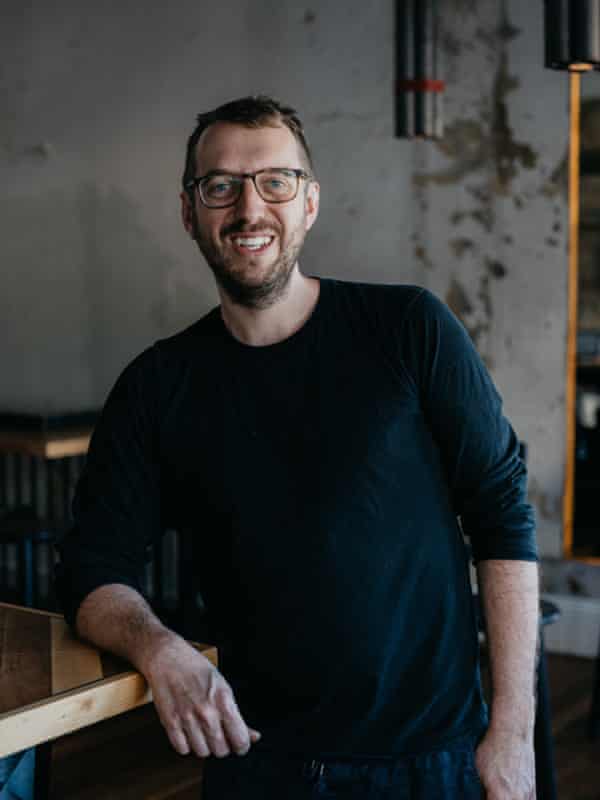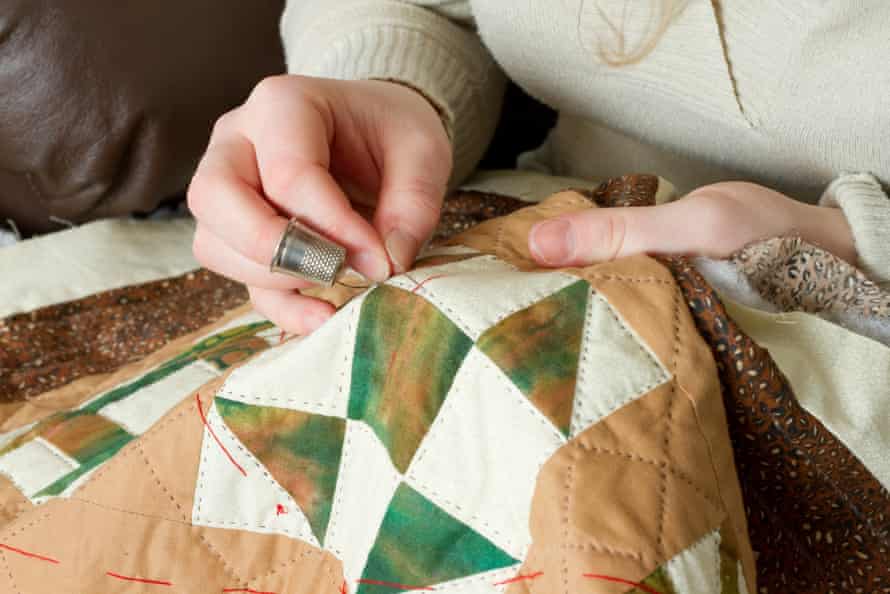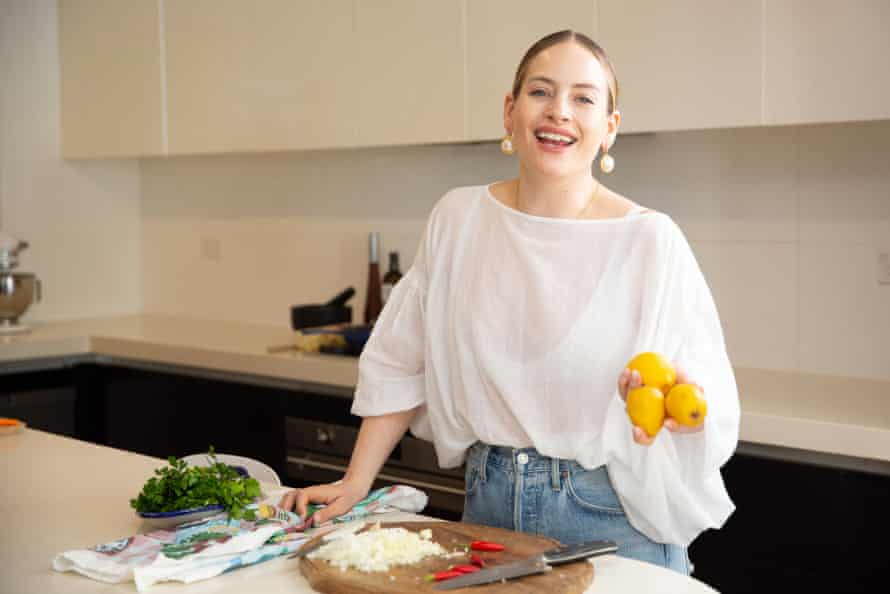
My mum started crocheting a few years ago. Retirement, coupled with the arrival of her first grandchildren, compelled her to pick up the hooks, and soon she was churning out more blankets than she knew what to do with. My siblings and I urged her to sell them online. “We’ll set you up on Instagram! We can call the account ‘Sewn by Sue’.” Our mother, folding her most recent creation, scoffed at the idea. “Why would I ruin a perfectly good activity by turning it into a business?”
Perhaps it is my age (31, millennial), or the ever-rising cost of living, or the omnipresent role of social media in my life, but the last decade has often felt like an unending pursuit to monetise my every waking hour. Stumble upon a new interest? You can bet I’ve thought about how to charge for it. And I’m not alone – a 2021 report by ING found that 48% of Australians surveyed have either started, or are planning to start, a side hustle.
My mum’s protectiveness of her hobby was a stark contrast to my cash-at-all-costs mindset, and it dawned on me that (clothing rental platforms aside) most of my side hustles have cannibalised once beloved hobbies.
Case in point: I obtained my civil celebrant’s licence six years ago while working full-time at a fashion magazine. I offered my services to friends and family as a gift. I loved working with soon-to-be-wedded pals and cousins on their ceremonies. Almost immediately the referrals rolled in. Excited by the prospect of additional income, I segued my hobby into a full-blown side hustle. I met with clients on weekends, wrote ceremonies after hours, performed weddings on Fridays and Saturdays, and kissed my social life goodbye. The money was good but I was burnt out and resenting the work.
“As soon as something is commodified, we can view it in more transactional terms,” says Australian Psychological Society president Tamara Cavenett. That can “erode the strong and positive emotional attachment we had previously”.
“It really changes the ‘why’ that underlies the hobby, and can mean it now incorporates deadlines, production and need to service customer wishes, rather than creativity or fun.”
Sydney-based hospitality veteran Cam Fairbairn used to enjoy making preserves in his free time as gifts. After a friend suggested he start charging for his products, Fairbairn approached a newly opened cafe and sold his first order of Cam’s Jams. Stockists grew, but the time, cost and inconsistent revenue took its toll. “There’s really not a lot of money in the condiments business unless you’re stocked in supermarkets and can pump out a quantity that is above small batch,” he says. “I definitely wasn’t making enough money to justify the running of the business.”

Fairbairn ceased production after 18 months. “My enjoyment level of making jam and relishes plummeted when it went from being a fun hobby, playing with flavours, to a requirement with deadlines and needing to maintain consistency,” he says. “I haven’t eaten jam since.”
Mollymook-based Jodie Esler experienced a similar loss in enthusiasm for quilting, a hobby she’d started in 1990. “I was going through IVF and infertility treatments, and [quilting] helped to take my mind off things at the time,” she says. The meditative nature of the craft and portability of its materials quickly entrenched quilting in Esler’s day-to-day life. “I’d go to bed and think about ideas and wake up doing the same,” she says. It even helped her kick her smoking habit “as I had something to do with my hands”.
After several years Esler decided to monetise her passion by teaching classes at a local shop, working nights and weekends, in addition to her part-time job and raising her son. But the demands of the side hustle were relentless. Her out-of-work hours shrunk dramatically and she wasn’t netting enough income to justify her output. Esler hasn’t quilted since.
Just as it had for Fairbairn, the “why” changed. “Monetised hobbies can become an extension of your existing work life,” Cavenett says. “This may defeat the very purpose of doing something different … in the first place.”
Carys Chan, a research fellow at Griffith University’s Centre for Work, Organisation and Wellbeing, spends her days examining how our work and personal lives intersect, “including family, community, studies and socialisation”.
The perfect work-life balance is subjective, however Chan says replenishing your body’s resources is vital for avoiding burnout and resentment. She encounters the struggle for balance frequently in students. “We ask them if they’re doing any planning for the week ahead, to actually factor in rest and recovery, where they do something that they really enjoy,” she says. A good hobby should refill “our energy levels, our time, our attention, our concentration”.

“If it’s draining, it’s bad. If it helps with rest and recovery, I always say that a hobby would be good.”
Cavenett echoes the sentiment. “A record one in three psychologists in Australia are unable to see new clients since the pandemic, which shows that the mental health of Australians has suffered significantly. While we know financial insecurity can contribute, it’s also important to protect the activities that lift our mood and give us pleasure.”
Encouragingly, not all leisure activities-turned-businesses are condemned to the graveyard of lost hobbies. Monetising your passion project can jeopardise its appeal, but “if the gap between your passion and what you’re actually good at is small, or they are aligned, that can obviously be a great outcome,” says Chan. The key to success, along with scheduled rest and recuperation, is managing growth expectations (“make small, incremental goals”) and, where possible, accepting support from friends and family.
London-based home chef Natalie Chassay never envisaged a career in the kitchen. But in 2020 she successfully turned her passion for cooking into a growing business. Chassay, then a spin instructor and event producer, had toyed with the idea of starting a dedicated food account on Instagram. When Covid hit, she took the plunge, sharing recipes with her now 12.3K following.
She began offering private virtual cooking classes for businesses, before extending the classes to the public. “My enjoyment is as high as ever,” says Chassay. “I love presenting and hosting these classes and honestly, it’s made me realise I really want to be on TV too, which is a big dream I definitely want to follow.”

The high interest meant Chassay could justify quitting both her day jobs. She is in the process of launching a subscription platform for her recipe videos. She says it is “the first time in my life, at 35 years of age, I feel I’m actually on to something which feels organic, and just so me”.
As for my own side hustle? I left my full-time job just as the pandemic hit and, after an adjustment period, managed to integrate my wedding work into my new freelance life.
When it comes to my free time, I’m taking Chan’s advice and seeking out activities that replenish my resources, not my bank account. Lately that has included running. Judging by my glacial gait, I’m confident this particular hobby is at no immediate risk of commodification.